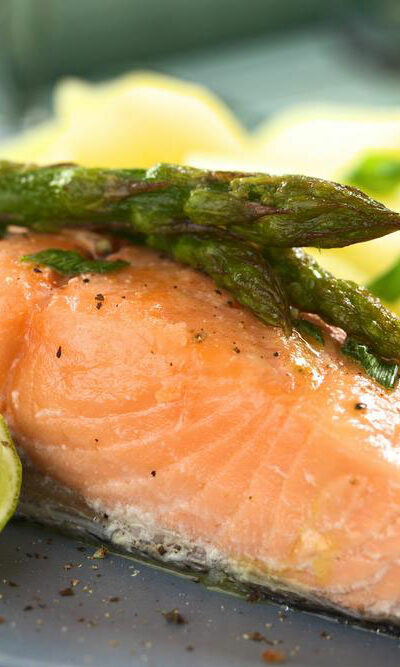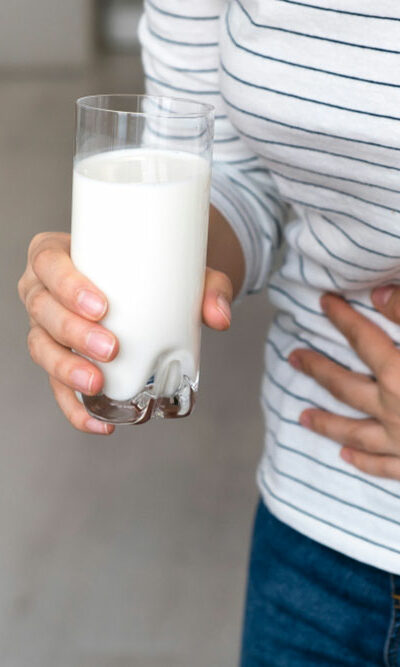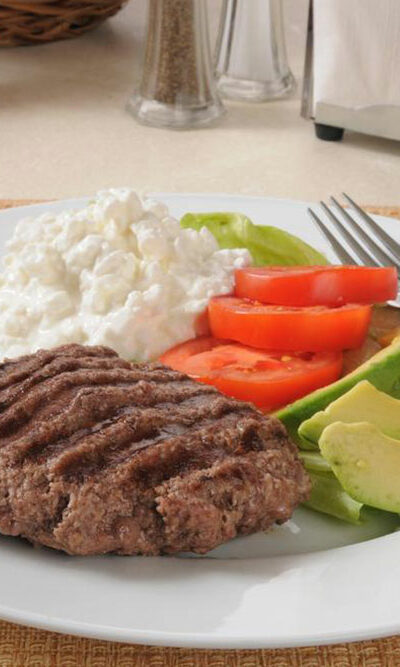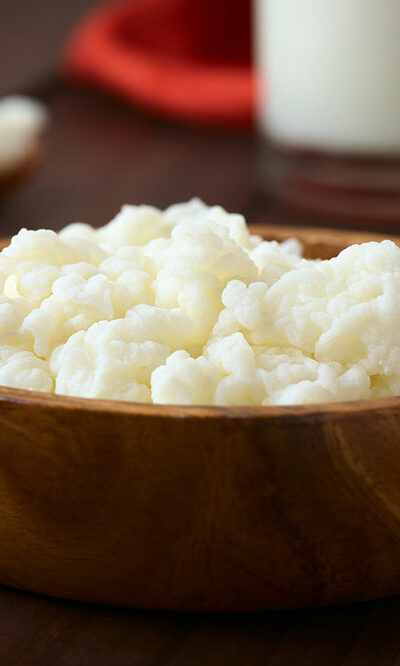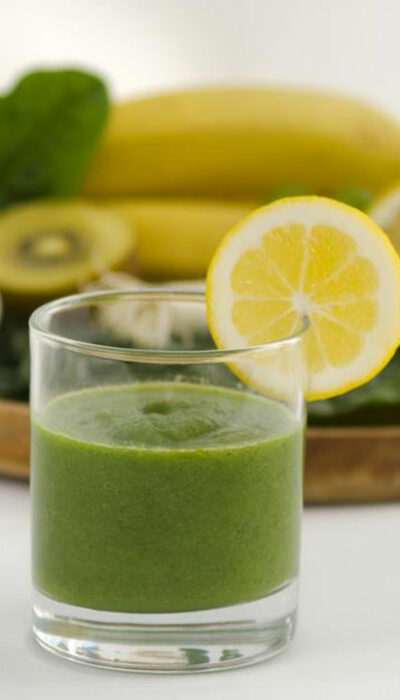
Know the Dietary Requirements for Diabetes
Diabetes mellitus or diabetes is a medical condition characterized by hyperglycemia. The insulin level, as secreted by the pancreas, is not sufficient enough to synthesize the glucose present in the blood. This results in a high volume of sugar in the blood. Diabetes can have a serious impact on the entire body in the long run. The most affected parts include the brain, heart, and kidneys. Usually, the pancreas malfunction and are unable to produce the required amount of insulin. This causes Type 1 diabetes. However, sometimes, the cells do not react effectively to the insulin already produced and develop resistance against it. This causes type 2 diabetes. Gestational diabetes, on the other hand, results from increased glucose in the blood at the time of pregnancy. The child is also highly prone to encounter type 2 diabetes. A sedentary lifestyle along with physical inactivity leads to obesity.These are the major reasons that trigger type 2 diabetes making it the most common metabolic disorder these days.Usually, patients are given injections to meet the daily insulin requirements. Consistent performance of physical exercise is said to be more impactful than medication. Though there is no permanent remedy for diabetes, a low carb diet is a key to keep blood sugar levels under control.The low carbohydrate condition is often contested as carbohydrates are considered to be the most important source of energy for the body. The following factors must be kept in mind while preparing a diabetes diet chart: Roughage –Roughage helps in improving the gastrointestinal tract and thus, metabolism. It also helps in controlling obesity which is essential in managing diabetes. Foods rich in fiber should form the most important part of a diabetes diet breakfast. The major sources are legumes, dark green vegetables, and nuts. Glycemic Index – This is associated with the amount of starch in a particular food item and its contribution to blood sugar levels inside the body.

